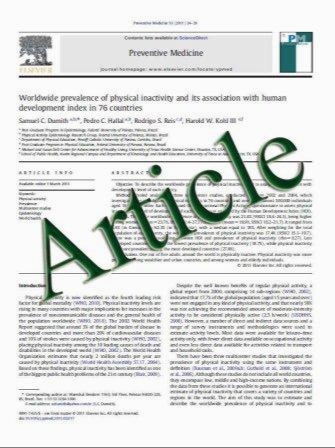Treatment of the displaced femoral neck fractures: indications and limits of osteosynthesis
- نوع فایل : کتاب
- زبان : انگلیسی
- مؤلف : I. Flo´ris P. Cserha´ti J. Baktai T. Ga´l B. Gloviczki Z. Vende´gh
- چاپ و سال / کشور: 2011
Description
Purpose Opinions about the optimal treatment of displaced femoral neck fractures in the elderly are still divided. The two main options are internal fixation and arthroplasty. The aim of our study was to determine the most adequate surgical procedure for displaced, Garden type III–IV femoral neck fractures: which patients should undergo an osteosynthesis or primary arthroplasty, with the least prospect of complications? Methods We analyzed 489 femoral neck fractures treated by percutaneous osteosynthesis. We also compared the results of displaced fractures treated with primary arthroplasty versus secondary arthroplasty performed due to the failure of primary osteosynthesis. Results The rate of redisplacement in the Garden type III group was 7.6%, and in the Garden type IV group, it was 25.5%, mainly in the case of subcapital fractures. Also, walking ability was examined 4 months after injury. In the ASA score II–III group, most of the patients were able to walk with or without walking aids, but in the case of ASA score IV, most of them were immobile or died during the hospital or posthospital phase. Our research also proved that, in cases of femoral neck fractures treated with primary arthroplasty, the complication rate is lower than after secondary arthroplasty due to failure of the primary osteosynthesis. Conclusions Based on our results, we recommend osteosynthesis in the case of Garden type III femoral neck fractures and, in turn, arthroplasty with respect to the high rate of early redisplacement in the case of Garden type IV fractures, especially in the case of subcapital fractures. For patients confined to a bed and in poor general condition (ASA score IV), the first choice treatment option is the minimally invasive percutaneous osteosynthesis.
Eur J Trauma Emerg Surg (2011) 37:277–285 DOI 10.1007/s00068-011-0107-4 Received: 26 September 2010 / Accepted: 4 April 2011 / Published online: 21 April 2011


